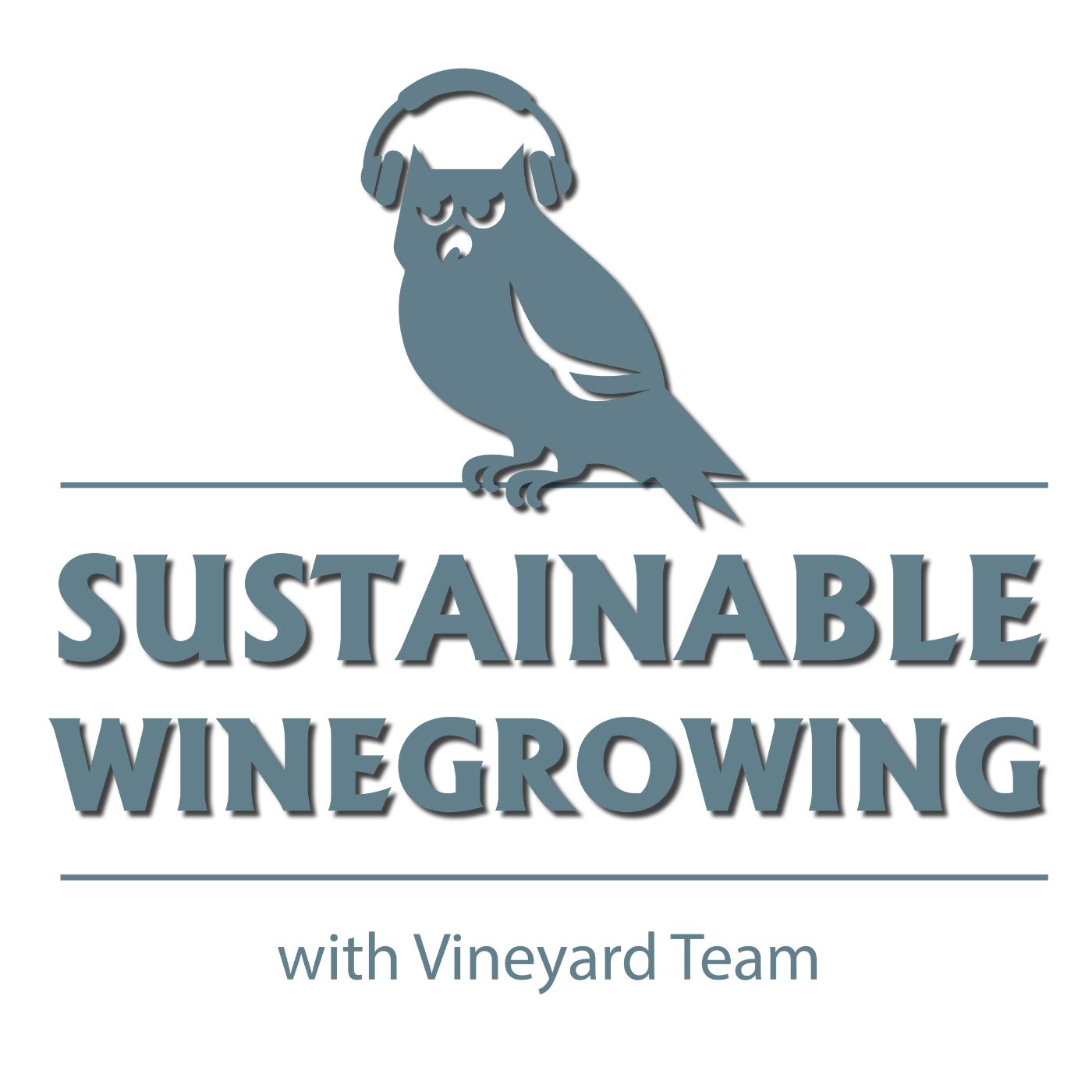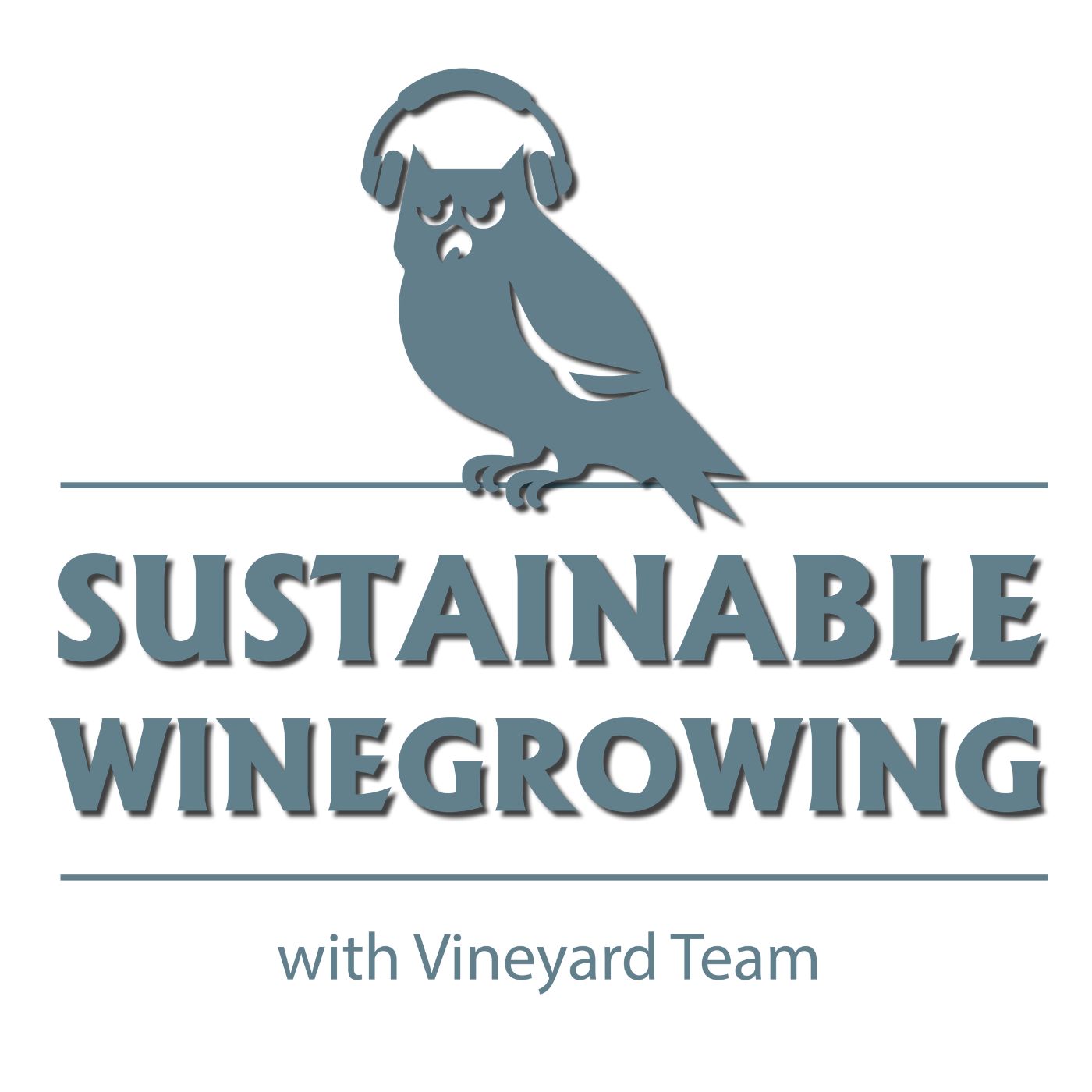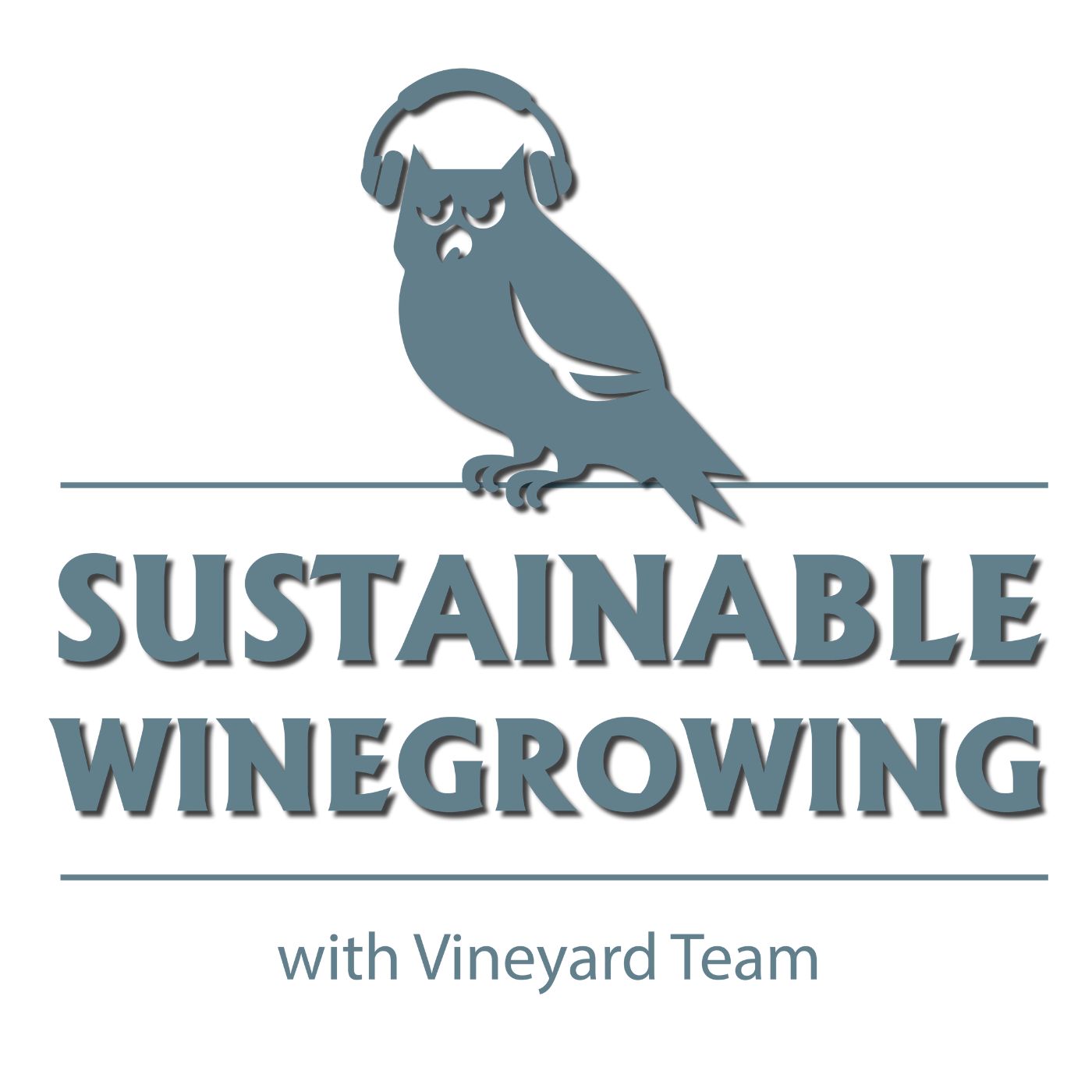249: Making it Easier to Use Satellite Data in Agriculture
Description
NASA has connected data about the Earth’s surface since 1972. One of the first applications was for agriculture. Alyssa Whitcraft, Executive Director of NASA Acres grew up in the wine industry at her family’s property, Whitcraft Winery, located in Santa Barbara California.
Her goal is to make it easier for people and organizations to use satellite data to improve agriculture. Alyssa explains how different types of satellites including polar-orbiting and geostationary collect information that can be calibrated against crop-specific data to develop predictive models. Farmers can use these models to identify viral, fungal, bacterial, water, and nutrient stressors and forecast harvest.
While this technology is being used in commodity crops today, there is a huge opportunity for specialty crops.
Resources:
- 129: The Efficient Vineyard Project
- 199: NASA Satellites Detect Grapevine Diseases from Space
- 233: The Gap Between Space and Farm: Ground Truthing Satellite Data Models
- Alyssa Whitcraft
- Group on Earth Observations Global Agricultural Monitoring Initiative (GEOGLAM)
- NASA Acres
- NASA Harvest
- Whitcraft Winery
Vineyard Team Programs:
- Juan Nevarez Memorial Scholarship - Donate
- SIP Certified – Show your care for the people and planet
- Sustainable Ag Expo – The premiere winegrowing event of the year
- Sustainable Winegrowing On-Demand (Western SARE) – Learn at your own pace
- Vineyard Team – Become a Member
Get More
Subscribe wherever you listen so you never miss an episode on the latest science and research with the Sustainable Winegrowing Podcast. Since 1994, Vineyard Team has been your resource for workshops and field demonstrations, research, and events dedicated to the stewardship of our natural resources.
Learn more at www.vineyardteam.org.
Transcript
[00:00:00 ]
[00:00:04 ] Beth Vukmanic: NASA has collected data about the earth surface since 1972, One of the first applications was for agriculture. Welcome to sustainable wine growing with the vineyard team, where we bring you the latest in science and research for the wine industry. I'm Beth. Vukmanic executive director. Since 1994 vineyard team has brought you the latest science-based practices, experts, growers, and wine industry tools through both in-field and online education, so that you can grow your business. Please raise a glass with us as we cheers to 30 years.
[00:00:39 ] And today's podcast Craig Macmillan, critical resource manager at Niner wine estates with long time sip certified vineyard and the first ever sip certified winery. Speaks with Alyssa Woodcraft, executive director of NASA acres. She grew up in the wine industry at her family's property. Whitcraft winery located in Santa Barbara, California.
[00:01:01 ] Alyssa's goal is to make it easier for people and organizations to use satellite data, to improve ag. Alissa explains how different types of satellites, including polar orbiting and geostationary collect information that can be calibrated against crop specific data to develop predictive models. Farmers can then use these models to identify viral, fungal bacteria, water, and nutrients stressors. And forecast harvest. While, this technology is being used in commodity crops today. There was huge opportunity for specialty crops.
[00:01:35 ] Alyssa is involved in numerous organizations and projects. So I highly recommend that you visit our show notes. And check out her website.
[00:01:43 ] If you want access to more viticulture research and technology from the world's top experts, then you won't want to miss the premier Winegrowing event of the year. The sustainable ag expo enjoy the perfect blend of in-person and online learning. Speak directly with national experts. Earn over 20 hours of continuing education and explore sustainable ag vendors. It all takes place November 11th through 13th, 2024 in San Luis Obispo, California. As a listener to this podcast. Make sure you use discount code podcast 24 at checkout to take $50 off of your ticket. Register
[00:02:19 ] today at sustainableagexpo.org. Now let's listen
[00:02:27 ] Craig Macmillan: Welcome to Sustainable Wine Growing with Vineyard Team. Our guest today is Alyssa Whitcraft. She is Executive Director of NASA Acres, and we're going to talk about all kinds of exciting stuff that she's involved with, and I'll let her explain those. Thanks for being on the podcast, Alyssa.
[00:02:43 ] Alyssa Whitcraft: Thank you for inviting me.
[00:02:45 ] Craig Macmillan: You're involved in a whole bunch of different projects and consortiums and programs mostly around remote sensing and agriculture.
[00:02:53 ] And you're excited about a number of different things in your field. What exactly is your field? I think it's a good place to start because I think a lot of people don't understand what it is.
[00:03:01 ] Alyssa Whitcraft: I'm a geographer, which is basically the world's oldest discipline. We use the lens of space and place and location to understand the world. And knowing that things that are near to one another tend to have more in common than things that are far from one another. And similarly, we know that where you are in the world matters for all sorts of different things. And that's really the lens through which I see and understand the world. Specifically within geography, because geography is a very broad discipline, my expertise is in using satellite data and other Earth observations to understand what's happening across the world in principally agriculture. I've done work in the past in forestry as well.
[00:03:47 ] Craig Macmillan: What kinds of things does this field have coming in the future? What are the things that you're most excited about in terms of all the different work that you're doing?
[00:03:55 ] Alyssa Whitcraft: Would it be helpful if I gave a little bit of history, or is that too much info?
[00:03:59 ] Craig Macmillan: . Please, please.
[00:04:01 ] Alyssa Whitcraft: Sure. So a lot of people don't realize that satellite data has been collected of the Earth's surface since 1972. NASA launched its first satellite back then, and one of its first applications was agriculture. It was really for looking at global forecasting, production forecasting, and things like that in areas where We couldn't gather statistics like the USSR, for example. And so that was very early.
[00:04:29 ] They thought, hey, we really need to understand what's happening with the global food production, global food supply. What kind of prices are we going to be able to get? Those were the very earliest experiments. And a lot of years have passed since then. It's 52 years now. That particular satellite was called Landsat. Well, it's called ERTS 1. It's been, renamed Landsat 1 in hindsight and they've just launched Landsat 9 two years ago. So we've really, we have
























